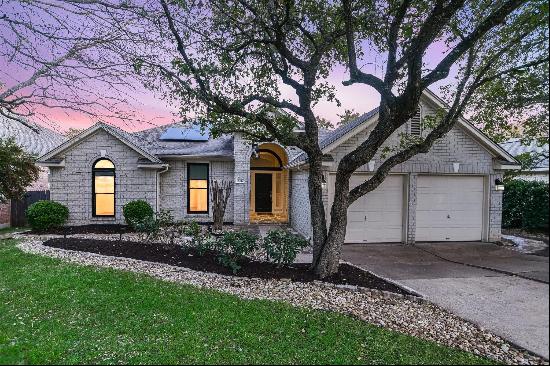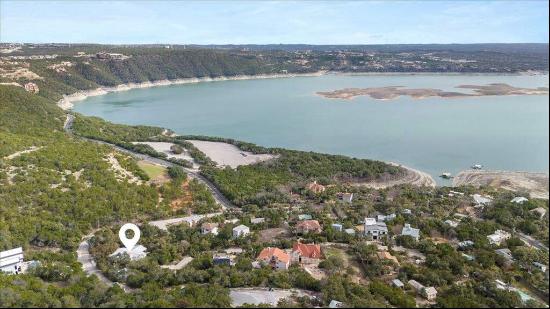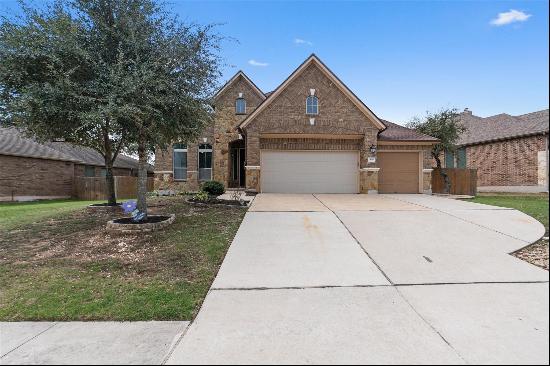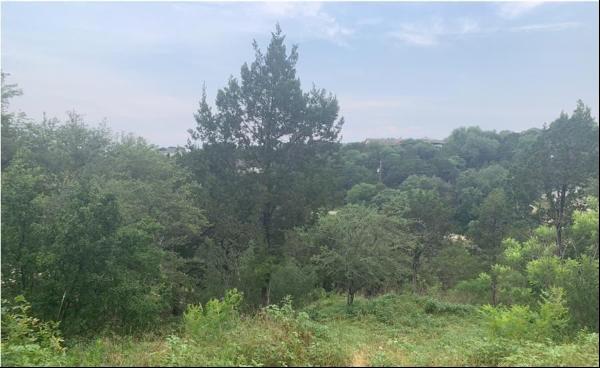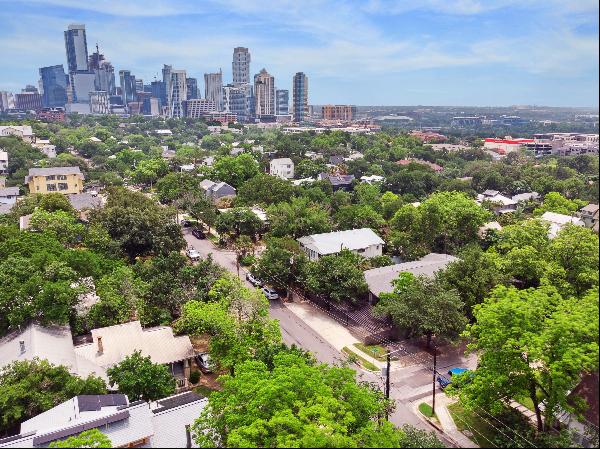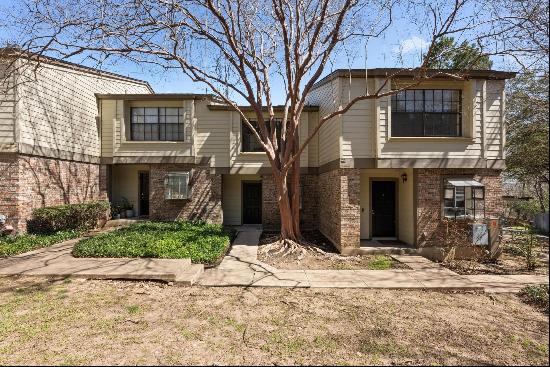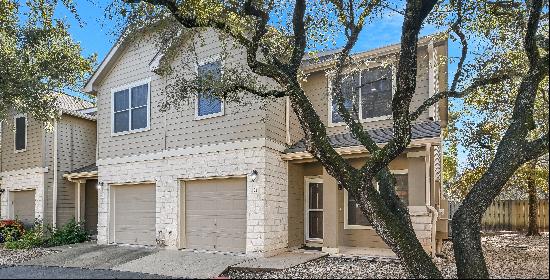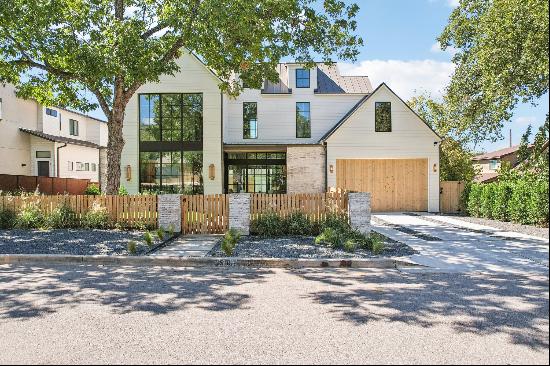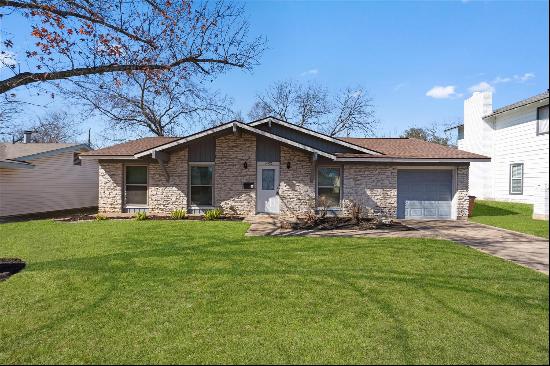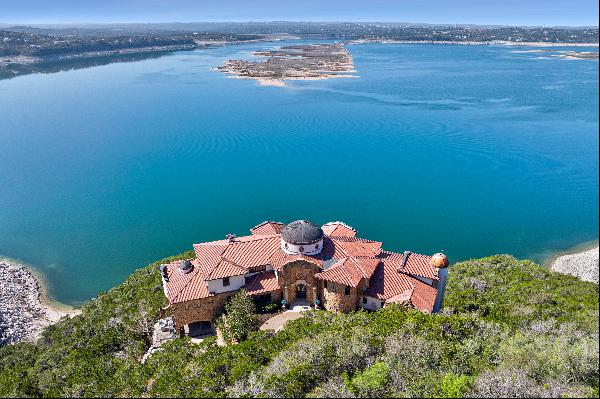
By Anthony Paletta
Topped with multiple angled roofs, The Retreat at Lick Creek Lodge near Austin, Texas has the look of a home mustering the courage to take flight.
In this work of roughly hewn futurism by Frank Lloyd Wright apprentice John Covert Watson, Texas meets Taliesin West, Wright’s renowned winter home and architectural school.
Completed in 2001, The Retreat’s eccentric and curvilinear geometries and balance of glass and local materials nod to the luminary Wright, while its roofs resemble the work of another Taliesin West star, John Lautner.

Now on the market for $17.5m, the sale represents the opportunity to own a striking piece of American organic architecture, a style pioneered by Wright that strives to meld human habitations with their environment.
In this instance, the setting is a bend in the Pedernales River around 30 miles north-west of central Austin. The client (the property’s seller) requested a “fort”, according to Peter Dick, project manager and architectural collaborator for the build, and what Watson delivered is a home characterised by alternating wood and rampart-like desert masonry.
Watson’s body of work eschews the right angle and embraces the plasticity of concrete, often in the form of sprayable gunite, to create light and sculptural features. The Retreat is an unusual entry in his oeuvre in that it leans less heavily on gunite in favour of a more rugged aesthetic.

This was partially circumstantial, says Dick. Although the roof had been planned as a mollusc-like gunite structure, “We had a steel frame silhouetting the Texas sky. Everyone looked up and said this thing is just too beautiful to cover up with gunite.” So they didn’t.
A local sawmill had a considerable amount of cedar in its scrap pile, which was fitted within the steel flanges as roofing. This was then topped with gunite.
These roof paraboloids pinwheel at unusual angles around the 82-foot diameter of the home, covering 12 pie wedge-shaped rooms with glass custom made to frame the social spaces. The sheets of glass alternate with walls of desert masonry consisting of fairly dry cement and rocks gathered from the site (à la Wright’s winter home).

An imposing fireplace, also of desert masonry, offers a monumental anchor set against the enchanting Texas hill country vista.
The home has four bedrooms and six bathrooms, which offer varying amounts of privacy. There is even a porthole view from the master bathtub (main picture, above).
Other touches stand out: an iron spiral staircase with penny tile tread, made by an Austin artisan, leads directly to the highest point in the house; a 300-year-old door from Mexico greets every visitor. Dick carried out a later kitchen revamp, creating a charming white oak-lined space.
Cork panels with ipe wood trims line many walls. The same wood is used for the central stair treads and risers. Seating is inset at multiple points: distressed cypress benches abut the entrance, and settees along the living room offer somewhere to stretch out as well as concealment for air conditioning vents on either side of the fireplace.

The central media room surrounded by a balcony is a retreat for film and music — and has space for more than 200 people. Texan country music singer Billy Joe Shaver and Texas-raised singer Kinky Friedman have performed here, among others.
The home has multiple water features, most impressively a pool built into a crevasse at the edge of the spit of limestone on which the house sits. Dick says, “John took one look at it and said, ‘That’s where the pool’s going to go.’” It features a “poet’s deck” — a quiet spot accessible only by swimming.

The 30-acre site also includes a two-bedroom guest home that serves as a gateway to the main house. Its design is also unusual, with a roofline resembling a hand of cards splayed out — in this case a winning hand. “It’s the minor chord that supports the orchestra to come,” says Dick.
Photography: JP Morales/Kuper Sotheby’s International Realty



